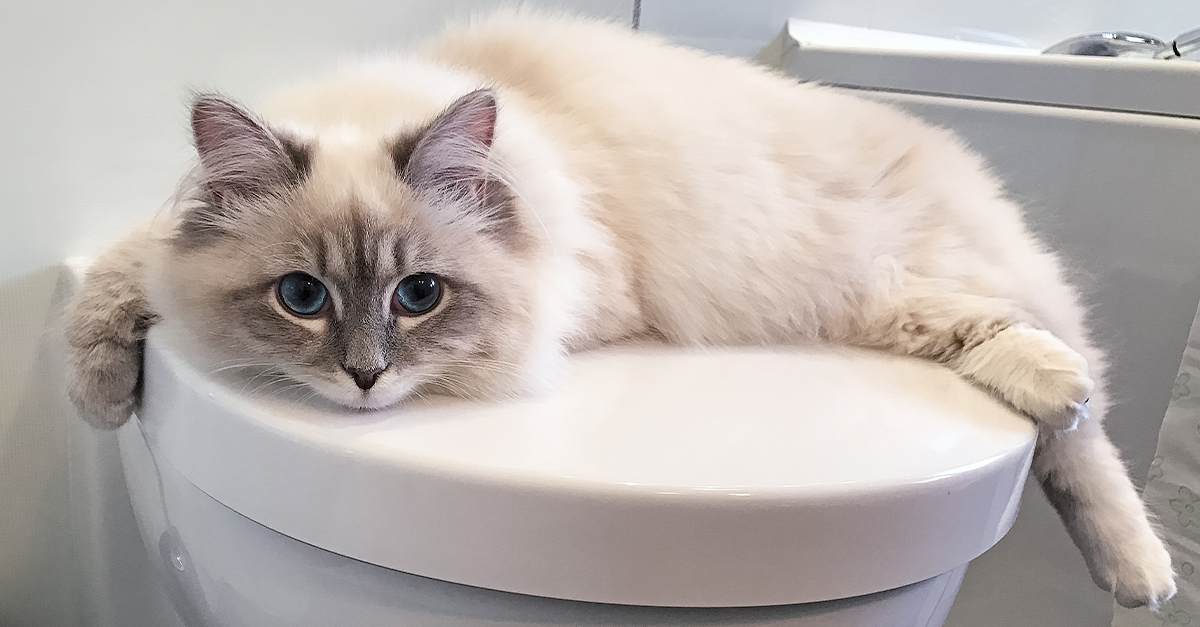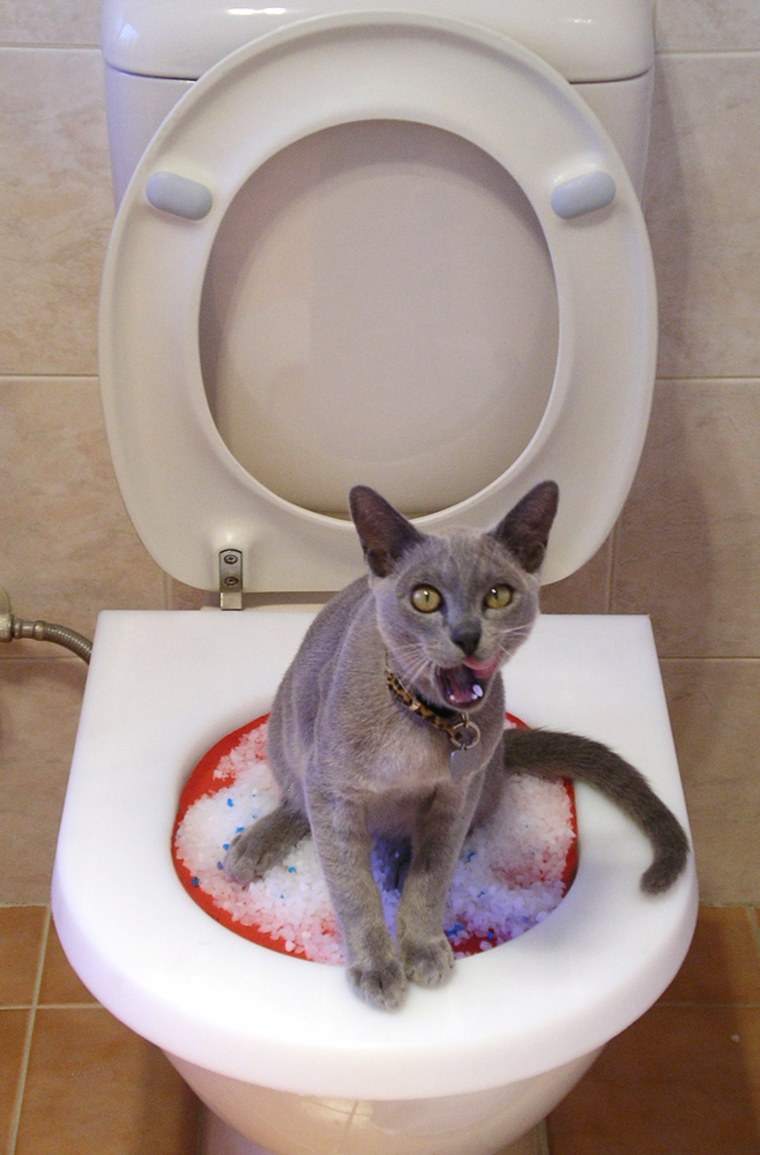Which Flushing Animal Waste Is Not Advisable
Which Flushing Animal Waste Is Not Advisable
Blog Article
Just how do you really feel when it comes to 10 Things You Should Never Flush Down The Toilet?

When it concerns taking care of waste, specifically animal waste, many people commonly resort to the hassle-free option of flushing it down the commode. Nevertheless, this relatively easy remedy can have significant repercussions for the setting and public health. In this post, we'll check out why flushing pet waste down the commode is a poor concept and provide different techniques for correct disposal.
Introduction
Correct garbage disposal is critical for preserving environmental sustainability and public health. While it may seem safe to flush animal waste down the toilet, it can result in different issues, both for the setting and human health.
Risks of flushing pet waste
Environmental impact
Flushing pet waste introduces hazardous microorganisms and microorganisms right into waterways, which can negatively influence aquatic ecological communities. These virus can infect water resources and harm marine life, interfering with fragile communities.
Public health worries
Pet waste consists of dangerous microorganisms such as E. coli and Salmonella, which can pose major health and wellness threats to human beings. Flushing pet waste down the toilet can pollute water materials, bring about the spread of conditions and infections.
Alternatives to flushing
Rather than purging pet waste down the commode, there are numerous alternate disposal methods that are much more environmentally friendly and hygienic.
Composting
Composting animal waste is an environmentally friendly method to dispose of it. By composting, raw material is broken down right into nutrient-rich dirt, which can be utilized to feed yards and plants.
Garbage dump disposal
Disposing of pet waste in a garbage dump is an additional alternative. While not as eco-friendly as composting, it is a safer option to flushing, as it avoids the contamination of water resources.
Pet dog garbage disposal systems
There are customized pet waste disposal systems offered that securely and hygienically dispose of pet waste. These systems frequently make use of enzymes to break down waste and remove odors.
Actions to proper animal garbage disposal
To make sure correct disposal of animal waste, follow these steps:
Scooping and landing waste
On a regular basis scoop and bag animal waste utilizing biodegradable bags. This stops waste from infecting the environment.
Making use of designated waste containers
Dispose of bagged animal waste in marked waste containers, such as garden compost bins or garbage dump containers. Stay clear of flushing it down the commode in all prices.
Cleaning can and pet locations frequently
Frequently tidy can and pet dog locations to avoid the accumulation of waste and germs. Use pet-safe cleansing products to maintain health.
Benefits of appropriate disposal methods
Taking on appropriate disposal approaches for pet waste offers several advantages:
Reduced environmental pollution
Correct disposal methods decrease the danger of environmental pollution, safeguarding rivers and communities from contamination
Decreased danger of water contamination.
By staying clear of flushing animal waste down the commode, the risk of water contamination is dramatically lowered, guarding public health.
Boosted hygiene and health
Correct disposal approaches promote better sanitation and hygiene, creating a more secure setting for both people and animals.
Verdict
Finally, flushing pet waste down the bathroom is dangerous to the environment and public health. By adopting alternate disposal techniques and following proper waste administration methods, we can reduce the adverse effect of pet waste and contribute to a cleaner, much healthier planet.
What To Do With Dog Poo – The Do's And Don'ts Of Disposing Of Faeces
Dog poo bins
Some councils provide dedicated dog waste bins in popular dog-walking areas that can take dog poo that has been bagged but you can legally dispose of dog waste in any public litter bin, as long as it is securely bagged. This also applies to your wheelie bin at home.
Do not flush
Water companies do not recommend flushing dog faeces down the toilet because certain parasites can survive the water processing treatment and are potentially harmful to humans. You should also never consider flushing dog poo that has been bagged down the toilet as the bags will not break down and instead create severe blockages in the sewage system.
In the woods
The Forestry Commission promotes a ‘stick and flick’ method for dealing with waste in the woods. This means finding a stick and using it to flick any poo from off the path so that it is out of the way of other walkers. You could also bury it as long as it is not in an area where there might be livestock.
Livestock
Parasites found in dog poo can be transmitted to livestock if they inadvertently eat infected faeces that has been left on grazing land. This could result in the death of sheep or abortion in cattle so you should always make sure you pick up your dog’s waste in fields where livestock could be present.

Frequently tidy can and pet dog locations to avoid the accumulation of waste and germs. Use pet-safe cleansing products to maintain health.
Benefits of appropriate disposal methods
Taking on appropriate disposal approaches for pet waste offers several advantages:
Reduced environmental pollution
Correct disposal methods decrease the danger of environmental pollution, safeguarding rivers and communities from contamination
Decreased danger of water contamination.
By staying clear of flushing animal waste down the commode, the risk of water contamination is dramatically lowered, guarding public health.
Boosted hygiene and health
Correct disposal approaches promote better sanitation and hygiene, creating a more secure setting for both people and animals.
Verdict
Finally, flushing pet waste down the bathroom is dangerous to the environment and public health. By adopting alternate disposal techniques and following proper waste administration methods, we can reduce the adverse effect of pet waste and contribute to a cleaner, much healthier planet.
What To Do With Dog Poo – The Do's And Don'ts Of Disposing Of Faeces
Dog poo bins
Some councils provide dedicated dog waste bins in popular dog-walking areas that can take dog poo that has been bagged but you can legally dispose of dog waste in any public litter bin, as long as it is securely bagged. This also applies to your wheelie bin at home.
Do not flush
Water companies do not recommend flushing dog faeces down the toilet because certain parasites can survive the water processing treatment and are potentially harmful to humans. You should also never consider flushing dog poo that has been bagged down the toilet as the bags will not break down and instead create severe blockages in the sewage system.
In the woods
The Forestry Commission promotes a ‘stick and flick’ method for dealing with waste in the woods. This means finding a stick and using it to flick any poo from off the path so that it is out of the way of other walkers. You could also bury it as long as it is not in an area where there might be livestock.
Livestock
Parasites found in dog poo can be transmitted to livestock if they inadvertently eat infected faeces that has been left on grazing land. This could result in the death of sheep or abortion in cattle so you should always make sure you pick up your dog’s waste in fields where livestock could be present.

I hope you enjoyed reading our post on 10 Things You Should Never Flush Down The Toilet. Thanks a ton for finding the time to read our post. Do you know about anybody else who is serious about Should you flush animal waste down the toilet? Do not hesitate to share it. Thanks a lot for going through it.
Source Report this page